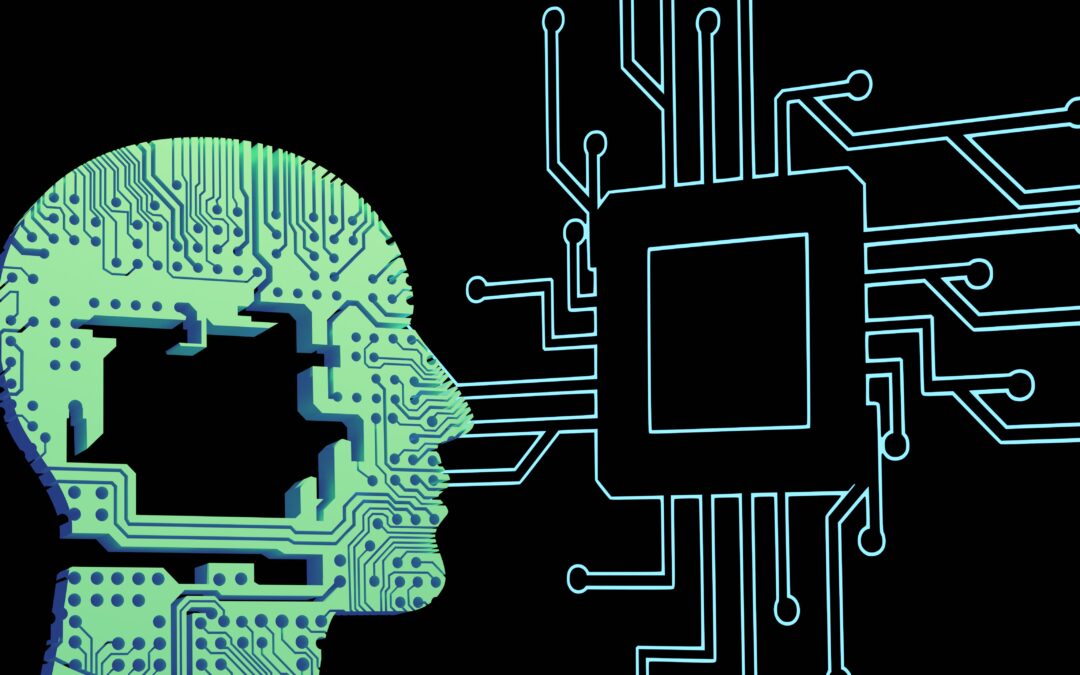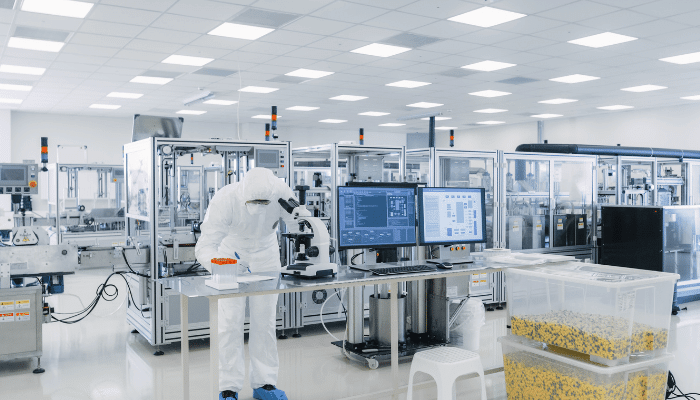What is IoT? IoT or Internet of Things means different things to different groups.
- For business owners, C-suite, and shareholders it means potential big changes to business models to drive more revenue with better margins, increase recurring revenue, reduce direct and indirect costs, etc.
- Manufacturing plant managers can have less unplanned downtime on their production lines.
- Service departments of machines provide better levels of service to their customers and lower costs to provide those services.
- Product managers and engineers have much better information with which to innovate and invent new products that better serve the customers’ needs.
Example
Let’s run through a quick example of IoT and how it can improve an imaginary scenario where an HVAC unit fails at a hospital. It’s a very hot August day during a heatwave and the HVAC unit stops working for one part of a hospital. The climate in the building is very uncomfortable and patients need to be moved to other parts of the hospital, surgical procedures rescheduled, etc. The manufacturer/service company doesn’t know about the issue until they receive an urgent message to fix the HVAC unit or the customer will buy their products and services from a different vendor.
After IoT, with some sensors added to key parts of the HVAC units and some secure connectivity setup, the improvements start with the manufacturer/service company getting information about the issue from their IoT solution as it happens and before the customer realizes it. The next improvement is they could potentially predict when the issue will occur days or weeks before given behaviors of the parts of the HVAC unit as seen in the IoT solution. They then send out a service engineer to fix the issue and prevent the issue from ever happening. But wait, there’s more…they’ll also have better data than previously available regarding how the HVAC units are used in that location and all others in the varying climates, and what issues the devices are having. They can then make improvements to the product’s design, and maybe even develop revolutionary new products.
Those are a lot of improvements, and all from IoT. Keep in mind, the IoT solution won’t be simple. IoT does have a lot of moving parts but once implemented, it pays off in multiple ways.
Let’s also stop to consider the new value the HVAC vendor is providing to their customers. For starters, they may become more sticky with their customers to drive more future sales, maybe lower the costs of servicing the HVAC units, keep the service contract pricing thereby increasing the margin, and lower the customer’s energy costs of operating the unit.
The HVAC vendor may eventually be able to change their business model to sell not just HVAC units but a more holistic idea of comfort to the occupants and building owners. This is a completely new concept for HVAC companies, selling outcomes, not products and services.
Summary
No longer do the customers have to buy the HVAC unit and capitalize that cost; and the service contract goes away, too. Instead, maybe the customer is billed a fee per square foot (or cubic foot) hour of comfort which can be an expense on the income statement. The manufacturer has a deep knowledge of the HVAC unit’s performance across all customers, can take on the risk of providing services, and then has recurring revenue potentially with much better margins…and the customer has better comfort and energy savings. Win-win.






